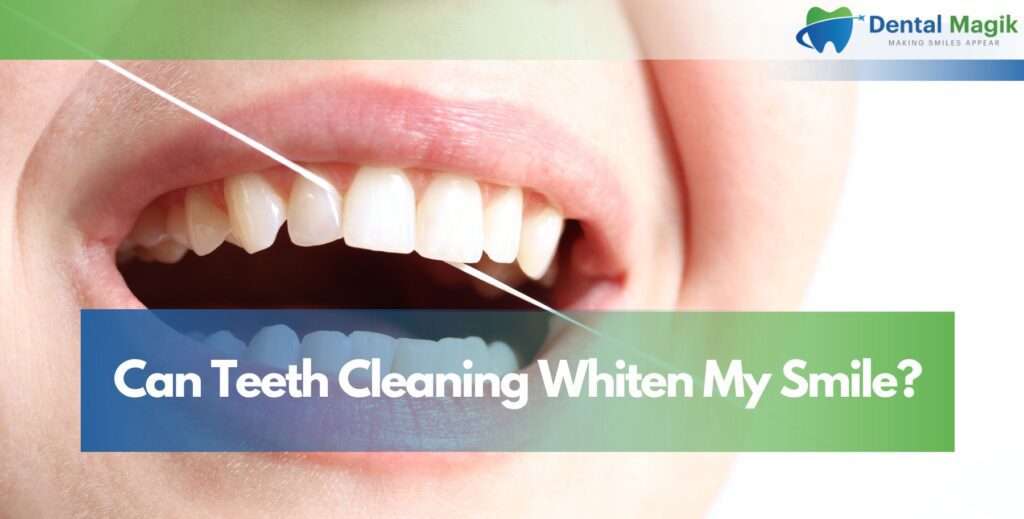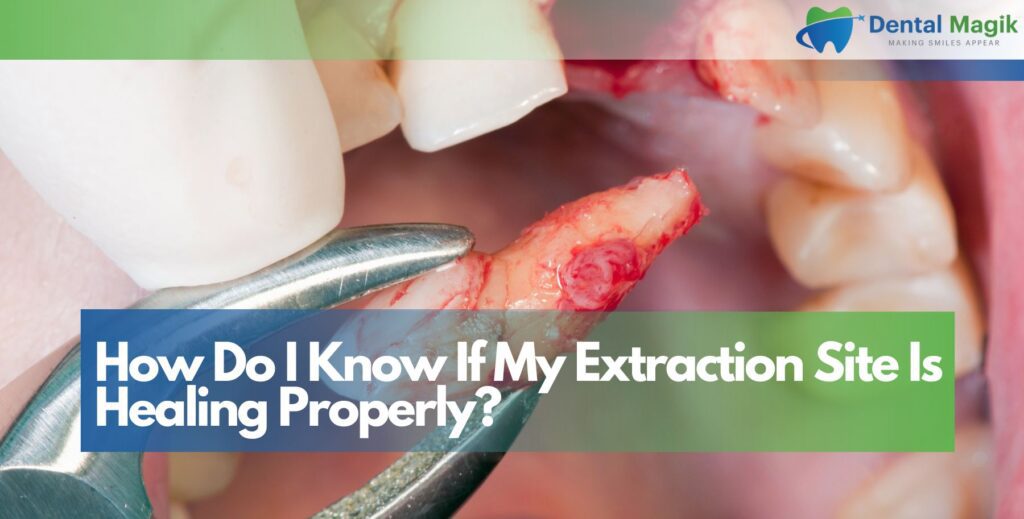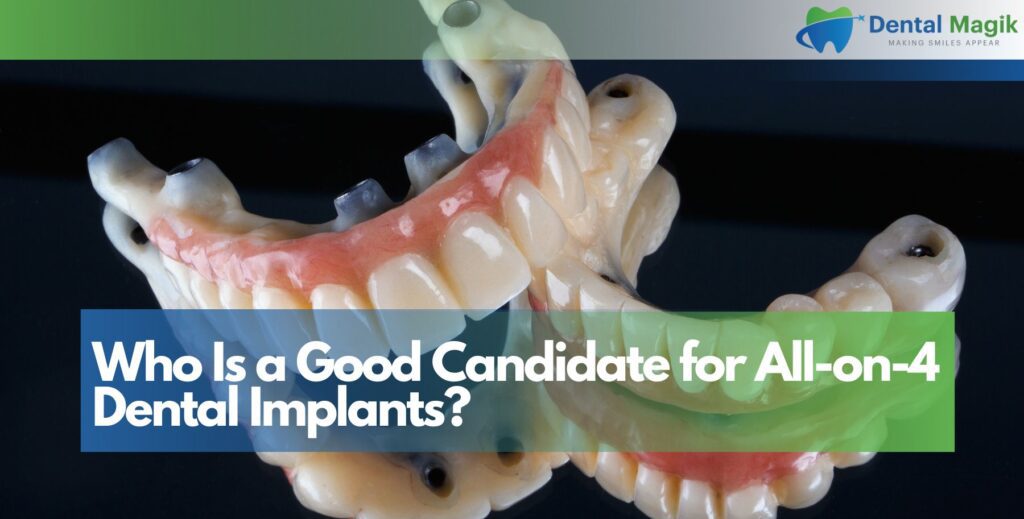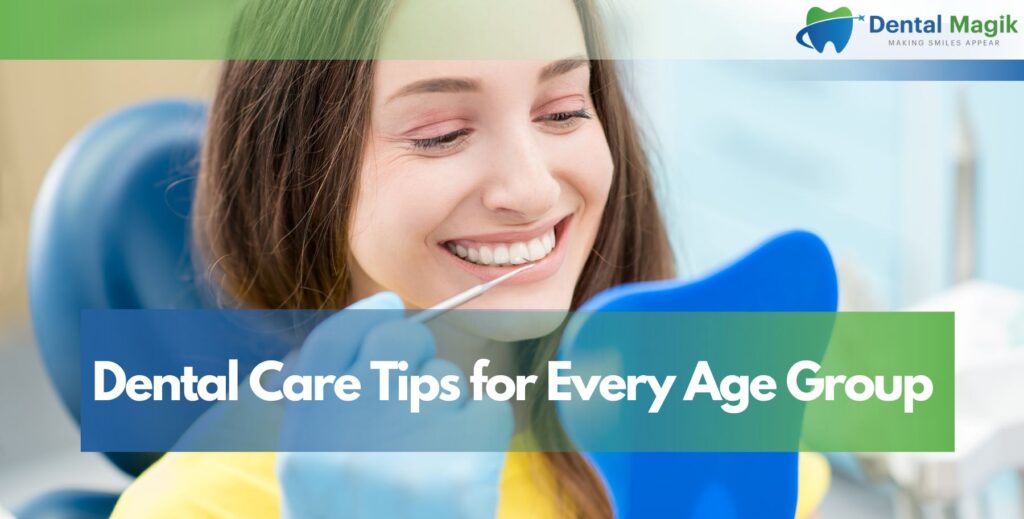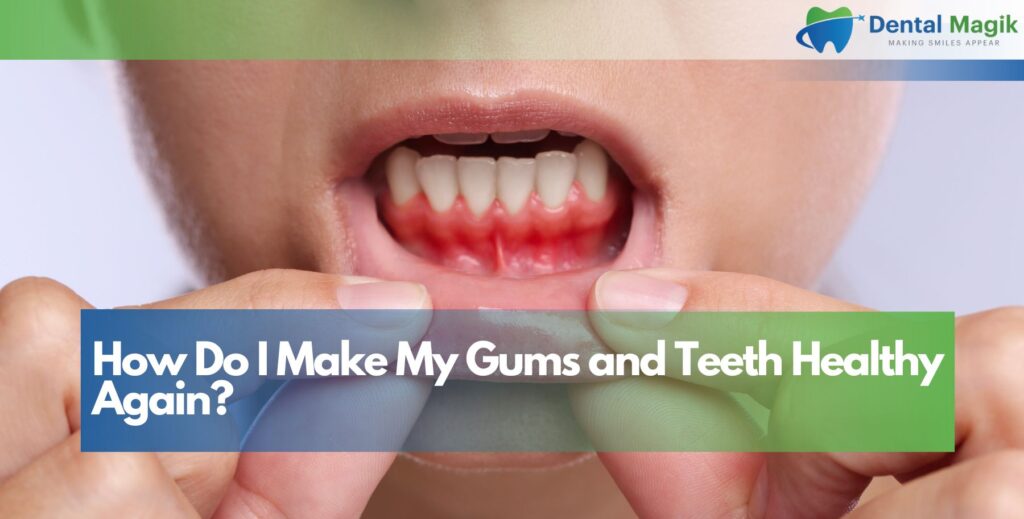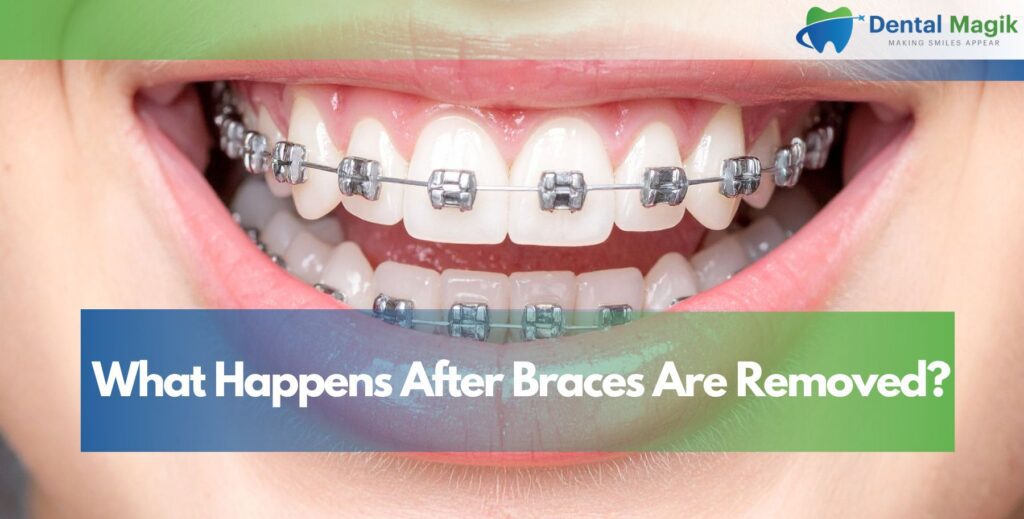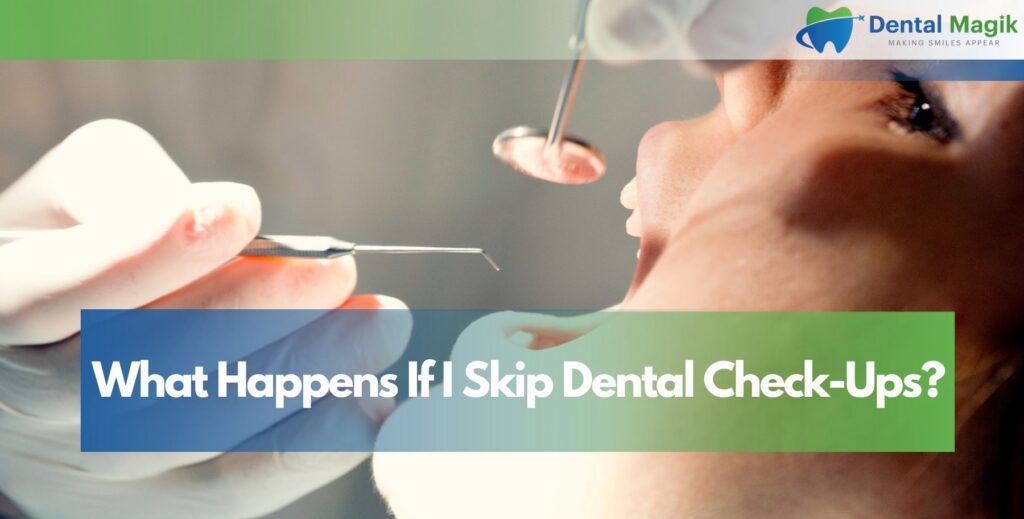Many people wonder whether their regular dental cleaning appointments can help brighten their smile or if they need to invest in separate whitening treatments to achieve the pearly white teeth they desire. This is a common and understandable question, especially given the emphasis modern society places on having a bright, attractive smile. The relationship between professional teeth cleaning and whitening is more nuanced than a simple yes or no answer. While dental cleanings do result in some improvement in tooth appearance, they work differently than dedicated whitening treatments and produce different results. Understanding what professional cleanings can and cannot do for the color of your teeth helps you set realistic expectations and make informed decisions about achieving your ideal smile. This comprehensive guide explores how teeth cleaning affects tooth color, the difference between cleaning and whitening, and what options are available if you’re seeking a brighter smile.
Table of Contents
What Happens During Professional Teeth Cleaning
To understand whether teeth cleaning can whiten your smile, it’s important to first understand what actually occurs during a professional dental cleaning and what these procedures are designed to accomplish.
The Cleaning Process
Professional teeth cleaning, also called prophylaxis, is a preventive procedure focused on removing deposits and buildup from your teeth that regular brushing and flossing cannot eliminate. During your cleaning appointment, the dental hygienist uses specialized instruments to remove plaque, which is a sticky film of bacteria that constantly forms on teeth, and tartar (also called calculus), which is hardened plaque that has mineralized and bonded to tooth surfaces. The hygienist carefully scales above and below the gum line to remove these deposits, then polishes your teeth using a gritty toothpaste and a rotating brush or rubber cup. This polishing removes surface stains and smooths the tooth surface, making it harder for plaque to accumulate. Finally, your teeth are flossed to remove any remaining debris between teeth. The entire process typically takes 30 to 60 minutes and is recommended every six months for most patients to maintain optimal oral health.
Purpose of Professional Cleaning
The primary purpose of professional teeth cleaning is health-focused rather than cosmetic. These appointments are designed to prevent cavities by removing bacteria-laden plaque, prevent or treat gum disease by eliminating tartar that irritates gums, reduce bad breath caused by bacterial buildup, and allow your dentist to detect early signs of dental problems during the examination that accompanies the cleaning. While improving appearance is a welcome benefit, it’s secondary to the health objectives of professional cleanings. Understanding this distinction helps clarify why cleanings affect tooth color differently than dedicated whitening treatments.
How Teeth Cleaning Affects Tooth Color
Professional teeth cleaning does improve the appearance of your smile, but the mechanism and results differ significantly from actual teeth whitening procedures.
Removing Surface Stains
The most significant way that professional cleaning brightens your smile is by removing surface stains that have accumulated on your tooth enamel. These extrinsic stains result from daily exposure to staining substances like coffee, tea, red wine, cola, tobacco, and certain foods like berries and sauces. Over time, these substances create a layer of discoloration on the tooth surface that dulls your smile. The scaling and especially the polishing portion of your cleaning appointment physically remove these surface stains, revealing the natural color of your enamel underneath. After a thorough cleaning, your teeth often appear noticeably brighter and feel incredibly smooth. However, it’s important to understand that cleaning is restoring your teeth to their natural color, not changing that natural color to something lighter. If your natural tooth color is somewhat yellow or off-white, cleaning will remove stains and reveal that natural shade, but won’t make your teeth whiter than their natural baseline color.
Limitations of Cleaning for Whitening
While cleaning removes surface stains effectively, it cannot address intrinsic discoloration—staining that occurs within the tooth structure itself. This deeper discoloration can result from aging, as enamel naturally thins over time and the yellowish dentin underneath becomes more visible, certain medications like tetracycline antibiotics taken during tooth development, excessive fluoride exposure during childhood (fluorosis), trauma to teeth, or genetics that determine your natural tooth color. Professional cleaning also cannot change the fundamental color of your teeth beyond their natural shade. If your natural tooth enamel is more yellow or gray-toned, cleaning will reveal that natural color in its best condition but won’t transform it to a brilliant white. For patients seeking dramatic color change or wanting to address intrinsic stains, dedicated whitening treatments are necessary beyond regular cleanings.
The Difference Between Cleaning and Whitening
Understanding the fundamental differences between teeth cleaning and teeth whitening helps clarify what each procedure can accomplish and which is appropriate for your goals.
Cleaning: Removing What Doesn’t Belong
Teeth cleaning is essentially a removal process. It eliminates substances that have accumulated on your teeth—plaque, tartar, and surface stains—that shouldn’t be there. The cleaning restores your teeth to their natural, healthy state by removing foreign material. This is why teeth feel so smooth and clean after a professional cleaning. The improvement in appearance comes from removing the dulling layer of stains and buildup that was masking your natural tooth color. Think of it like washing a dirty car—you’re removing the dirt to reveal the original paint color, not repainting the car a different shade.
Whitening: Changing the Tooth Color
Teeth whitening, in contrast, is a chemical process that actually changes the color of your tooth structure itself. Professional whitening treatments use bleaching agents, typically hydrogen peroxide or carbamide peroxide in various concentrations, that penetrate the tooth enamel and break down the molecules causing discoloration. This chemical reaction lightens both surface stains and deeper intrinsic discoloration, making teeth several shades lighter than their natural color. Whitening changes what your teeth are, not just what’s on them. Using the car analogy, whitening is like actually repainting the car a lighter color rather than just washing off the dirt.
When Cleaning Alone Is Sufficient
For many patients, professional cleaning provides all the brightness improvement they need or want for their smile, making additional whitening treatments unnecessary.
Good Candidates for Cleaning-Based Brightness
If you’re primarily dealing with surface stains from foods, beverages, or tobacco, regular professional cleanings may adequately maintain a bright smile, especially when combined with good home care. Patients with naturally light tooth enamel who maintain their teeth well between dental visits often find that cleanings provide sufficient brightness. If you’re satisfied with your natural tooth color and simply want to keep your teeth looking their best, cleanings every six months are typically adequate. Young adults whose teeth haven’t yet experienced significant age-related yellowing may find that cleanings keep their smile bright without additional whitening. Maintaining good oral hygiene at home between professional cleanings—brushing twice daily, flossing, and limiting staining foods and drinks—maximizes the brightness you can achieve through cleaning alone.
When Additional Whitening Is Needed
Many patients find that while cleaning improves their smile, they desire more dramatic whitening results than cleaning alone can provide.
Signs You Might Benefit from Whitening
You might be a good candidate for professional whitening beyond regular cleanings if your teeth are naturally more yellow, gray, or dark-toned and you desire a lighter shade, if you have intrinsic staining from medications, fluorosis, or other causes that cleaning cannot address, if age-related yellowing has progressed and you want to restore a more youthful appearance, or if you’re dissatisfied with your natural tooth color even when teeth are clean and healthy. Special events like weddings, graduations, or job interviews often motivate people to seek whitening beyond what cleaning provides. Professional whitening combined with regular cleanings gives you both optimal oral health and your desired aesthetic results.
Professional Whitening Options
If you decide you want whitening beyond what cleaning provides, several professional options are available. In-office whitening treatments use high-concentration bleaching agents with special lights or lasers to achieve dramatic results in a single appointment, often lightening teeth several shades in about an hour. Take-home professional whitening kits provided by your dentist include custom-fitted trays and professional-strength whitening gel that you use at home over several days or weeks for more gradual but effective results. These professional options are more effective and safer than over-the-counter products because they use higher-quality bleaching agents, are customized to your teeth, and are supervised by dental professionals who can address any sensitivity issues that arise.
Maintaining Results After Cleaning
Whether you’re relying on cleaning alone for brightness or combining cleaning with whitening treatments, maintaining your results requires ongoing care and attention.
Home Care for Lasting Brightness
Between professional cleanings, maintaining your smile’s brightness involves several strategies. Brush at least twice daily with whitening or stain-removing toothpaste to help prevent new stains from forming. Floss daily to remove plaque and staining substances between teeth where your toothbrush can’t reach. Rinse your mouth with water after consuming staining foods or beverages to minimize contact time with teeth. Use a straw when drinking coffee, tea, or dark-colored beverages to reduce contact with front teeth. If you smoke or use tobacco, quitting provides enormous benefits for both oral health and tooth appearance. Electric toothbrushes are often more effective than manual brushing for removing surface stains between professional cleanings.
Dietary Considerations
Your diet significantly impacts how long your teeth stay bright after cleaning. Common staining culprits include coffee and tea, red wine, cola and dark sodas, berries and berry-based sauces, tomato-based sauces, soy sauce and balsamic vinegar, and curry and heavily pigmented spices. You don’t need to eliminate these foods entirely, but being mindful of consumption and rinsing afterward helps maintain brightness. Crunchy vegetables and fruits like apples, carrots, and celery can actually help clean teeth naturally between brushings.
Combining Cleaning and Whitening for Best Results
For patients seeking the brightest possible smile, combining regular professional cleanings with whitening treatments provides optimal results that address both health and aesthetics.
The Ideal Sequence
If you’re planning to whiten your teeth, scheduling a professional cleaning first is highly recommended. The cleaning removes plaque, tartar, and surface stains that could interfere with whitening treatment effectiveness. Starting with clean teeth ensures the whitening agent has direct contact with tooth enamel for maximum effect and provides more even, predictable results. Many dentists recommend cleaning your teeth one to two weeks before beginning whitening treatment. After whitening, maintaining regular six-month cleaning appointments helps preserve your whitening results by preventing stain accumulation and keeping teeth healthy.
Setting Realistic Expectations
Understanding what to realistically expect from teeth cleaning helps prevent disappointment and guides appropriate treatment decisions.
Immediate Results from Cleaning
After a professional cleaning, you can expect your teeth to feel incredibly smooth and clean, appear brighter than before the cleaning due to surface stain removal, and return to their natural color without the dulling effect of plaque and stains. The improvement is often quite noticeable, especially if it’s been a while since your last cleaning or if you consume a lot of staining substances. However, the change is typically modest—revealing your natural tooth color at its best rather than transforming your teeth to a dramatically different shade. Most patients are pleased with the freshness and brightness achieved through cleaning, even if it’s not as dramatic as professional whitening would provide.
Conclusion
So, can teeth cleaning whiten your smile? The answer is both yes and no. Professional cleaning does brighten your smile by removing surface stains, plaque, and tartar that dull tooth appearance, revealing your natural tooth color in its cleanest, brightest state. For many patients, this improvement is significant and satisfying, especially when maintained through regular six-month appointments and good home care. However, cleaning is fundamentally different from whitening—it removes accumulated stains and buildup rather than chemically changing tooth color. If you desire teeth that are lighter than your natural shade or want to address intrinsic discoloration, dedicated professional whitening treatments will be necessary beyond regular cleanings.
The best approach for most patients is maintaining regular professional cleanings for oral health and modest brightness, then adding professional whitening if additional lightening is desired. If you’re curious about what cleaning and whitening could do for your smile, consider scheduling a consultation with an experienced Dentist in East Brunswick, NJ who can evaluate your teeth, discuss your aesthetic goals, and recommend the most appropriate treatments for achieving the healthy, bright smile you’ve always wanted. Whether through cleaning alone or combined with whitening, achieving your ideal smile is an attainable goal with professional guidance and proper care.

